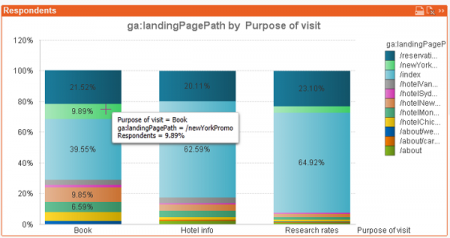
Refining Your Keyword Narrative
We’re all probably tired of hearing the phrase “Content is King,” and we’re tired of it because it’s become such a cliche. But the thing about cliches is that they’re cliches for a reason; that is, they’re generalizations or stereotypes that are accurate more often than they’re not.
Well as far as the content-being-king cliches goes, you can’t achieve much as an online marketer without it. PPC ads need copy and landing pages, SEO requires authoritative content, and Social efforts tend to hinge on engaging content such as memes, blog posts, and status updates. And something that you have to consider when deploying content across multiple channels is to (1) make sure it’s designed for that specific audience without (2) compromising your messaging or brand consistency.
One case in point is developing SEO content that doesn’t read like SEO content. Basically, if you create content just for the sake of targeting keywords, it ends up reading like vapid keyword spam that no one reads or engages with. And if no one engages with it (via Shares, Likes, and +1s), the content itself offers no real SEO value in the end.
 So the trick to syncing your content and SEO strategies is to develop a keyword narrative by:
So the trick to syncing your content and SEO strategies is to develop a keyword narrative by:
- Developing customer personas that typify your target market
- Segmenting your target keywords across those personas based on which ones seem to align with the apparent searching habits of those personas
- Determining what proportion of your total target keyword’s search volume each persona seems to represent
- And then developing an content strategy that targets those personas based on the proportion of searches each one represents — e.g. if persona-X seems to represent 40% of your potential searches, then make sure that 40% of your content will appeal to persona-X
But your data analysis shouldn’t stop there, especially since you haven’t really collected an real data yet. It’s only once you start developing content that attracts visitors via Organic Search (or Social, or Paid Search) that you can really step up your content and SEO efforts, because it’s only then that you can actually examine how they interacted with the content (and your site), and what the ROI of that content was.
At this point, you want to consider collecting some kind of customer analytics that are actionable. In other words, you want to start drawing correlations between how certain kinds of content attracted certain kinds of users, and what the value of those users were to your business.

From there, you can actually challenge many of the assumptions you started out with about the different personas that make up your target market, and determine how content (and SEO) efforts should be modified to have maximum impact. For example, you might discover that content you developed for persona-X is boosting your rankings for keywords that are attracting persona-Y, or even some unforeseen persona, and by increasing your production of such content, you can actually appeal to two or three personas all at once.
The point is that your SEO tracking needs to go above and beyond traffic source, avg. time on site, and conversion rate. You need to make an effort to understand (1) what kind of users people are coming through on Organic Search and to what content, (2) what the value of those visitors are, and (3) how your content strategy and keyword narrative can be refined to maximize ROI.
